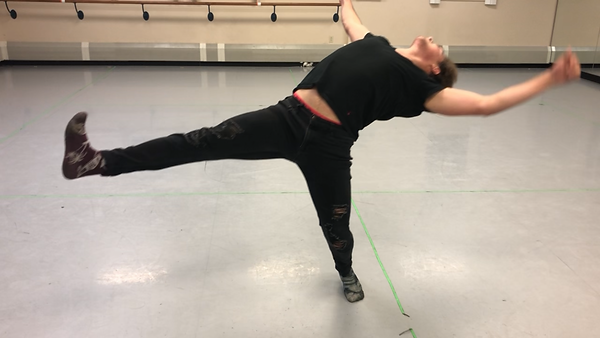The process of 'it just is.'
The Interviews
In order for me to make this project as authentic, and as honest as possible, I knew I could not be the only one to share my experiences. I was able to gather up a few friends whom I know have the disorder, as well as meet some new people who agreed to help me through a facebook support group. The diagnoses of my interviewees ranged from minor to severe. The people who helped make this possible by sharing their voices and stories with my are pictured in order as follows:
AJ, 20, of Angola IN
Cole, 17, of West Cliffe, CO
Makynna, 18, of West Cliffe, CO
Gracie, 23, of Chattanooga, TN
Sam, 16, of Staten Island NY
Kyla, 22, of Long Beach CA
Ian, 20, of Louisville, KY
The photos are candid screenshots from the interviews I conducted via zoom. They make me very happy to look at all together like this.
I asked each of them the same following questions:
Age of diagnosis?
What tics do you have?
Do you have a favorite tic?
What does it feel like to have a tic?
What does it feel like to suppress a tic?
What tics have been most disruptive or disabling?
Do you have a favorite tic?
Do you have coprolalia?
What has been the hardest aspect?
What is something you did in spite of your tics?
What do you want the world to know about Tourette's?
What do you want the world to know about you?

Creating The Score
When Going back through the recorded interviews I took, I realized how much content I really had. Each interview lasted about 30-45 minutes, and everyone I talked to had very profound things to say about their experiences. I went back and listened to each of the interviews one by one, and wrote out moments that I thought could drive my piece. I gave each person a color coded google spreadsheet, and printed out each thing that was said. I did this because I wanted to physically manipulate each anecdote, and to play around with the order with out having to do it digitally first.
I settled on the following 4 sections for my film:
1) What is the disorder, and what is it like to feel a tic
2) Dispelling the misconceptions of coprolalia
3) What have been the hardest moments
4) Why we are okay, and why it is okay to have it
I placed each anecdote in a specific section and order to drive the narrative of each of these parts of the film. I then glued each of them to a makeshift script that would later aid my editing process.
Because of the script I mentioned in the previous section, this process was quite easy. I was able to cut and drag the individual garage band files quite easily and to create the soundscape I was looking for.
The songs I used in this film are as follows:
Algorithms by: Chad Crouch
3 130 by: Michael Wall
South Ballad by: Michael Wall


Choreography
My process is quite personal to me but I will try and describe it. To create this piece, I wanted to work very closely with the ideas of forcing movement of my body, guiding movement of my body using another body part, feeling what it might be like to be a puppet, as well as controlled chaos.
I choreographed through trial and error using improvisation, filming the improv, then setting some of the work. I also showed bits and pieces of the work to some close peers who gave me advice on directions to go from there.
I used a combination of choreographing to the rhythm of the words, the content of the words, the rhythm of the music, as well as the ambiance of the music in different parts of the film.






